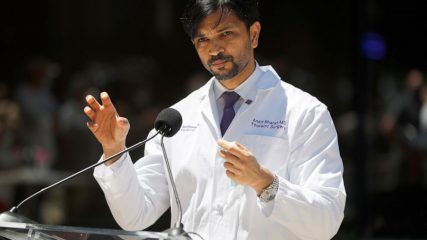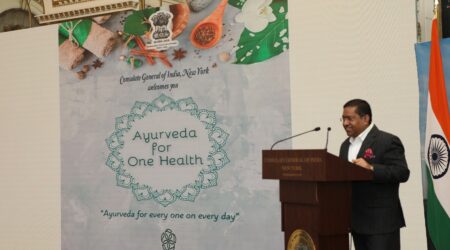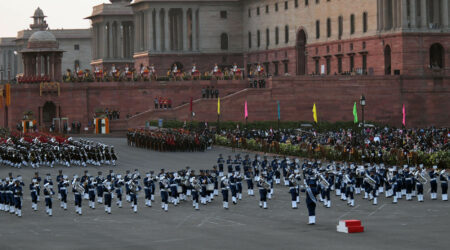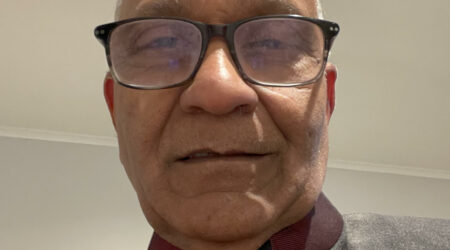Washington, DC: Dr Ankit Bharat, chief of thoracic surgery and surgical director of the Northwestern Medicine Lung Transplant Program was a newsmaker last month for performing the first of its kind double-lung transplant in the US for a patient whose lungs were damaged by COVID-19.
The Indian-origin, doctor, along with his team, for the second time performed a double-lung transplant to an Illinois man in his 60s. The patient spent 100 days on extracorporeal membrane oxygenation (ECMO), a life support machine that does the work of the heart and lungs.
“This procedure capped an extremely busy holiday weekend for our transplant team. We worked around the clock, performing multiple transplants on non-COVID patients before accepting new lungs for this COVID-19 survivor,” said Dr Ankit Bharat.
“Performing back to back lung transplants on such complex patients is demanding work and I’m extremely proud of our team’s dedication. It’s a testament to the infrastructure and expertise of Northwestern Medicine’s Lung Transplant Program,” the Meerut-born doctor said.
The patient contracted COVID-19 in late March and received the majority of his treatment at another health system before being transferred to Northwestern Memorial Hospital for consideration of a double-lung transplant.
Typically, a double-lung transplant takes 6 to 7 hours, but this surgery took about 10 hours due to lung necrosis and severe inflammation in the chest cavities resulting from COVID-19.
“Prior to his arrival at Northwestern Memorial, the patient developed an invasive infection which required a major chest surgery. This was going to make the double-lung transplant substantially more difficult,” says Samuel Kim, MD, Northwestern Medicine thoracic surgeon, who assisted in the double-lung transplant alongside Dr Bharat.
“His lung damage was among the worst I’ve ever seen. When we opened the chest cavity there was a lot of evidence of infection; everything we touched or dissected started bleeding and one misstep could have led to catastrophic consequences.”










